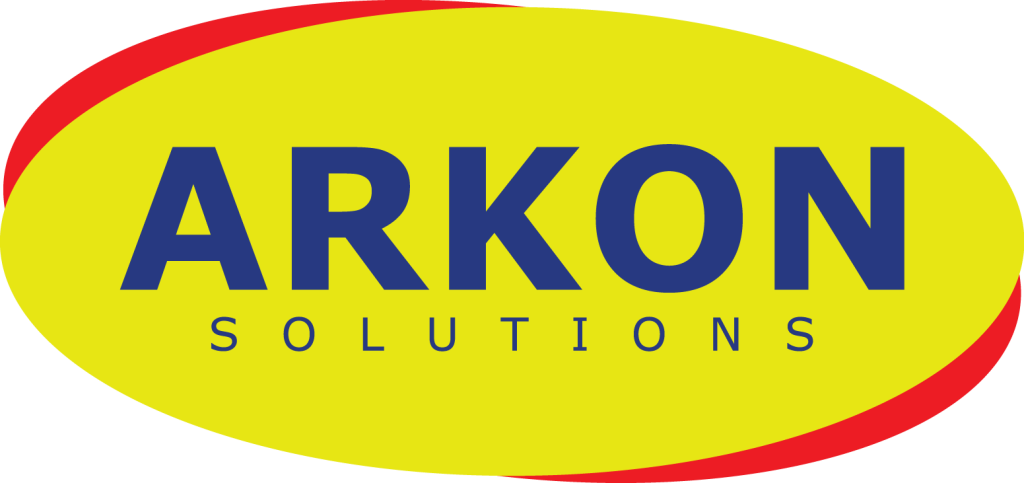DARATUMUMAB AND HYALURONIDASE-FIHJ
Darzalex

Daratumumab and Hyaluronidase-fihj
Molecular Name: Daratumumab and Hyaluronidase-fihj
Active Ingredient: daratumumab and hyaluronidase-fihj
Strength: 1800mg & 30000 Units/ 15ml
Manufacturer Name:
A prescription drug called Daratumumab and Hyaluronidase-fihj is used to treat multiple myeloma in adults. The first monoclonal antibody authorised for use in the treatment of multiple myeloma is referred to as darzalex or daratumumab. Daratumumab and hyaluronidase are combined to create Daratumumab and Hyaluronidase-fihj.
FAQ’s
A monoclonal antibody in the treatment for lymphoma known as brentuximab vedotin reacts to a protein known as CD30 on some lymphoma cells. A cancer-fighting substance is also present, which could help eradicate cancerous cells. One example of an antibody-drug conjugate is brentuximab vedotin. One such monoclonal antibody is brentuximab. Monoclonal antibodies are more recent types of antibodies. In a lab, they are created. Targeting specific proteins on the cell surface, monoclonal antibodies look for cancer cells. Anaplastic large-cell lymphoma and Hodgkin lymphoma cells contain a protein called CD30, the target of the drug brentuximab. To deliver medicine to the cell, brentuximab adheres to the CD30 protein. After that, the medication kills the cell.
Patients with Hodgkin lymphoma benefit greatly from second-line treatment with benuximab vedotin and ESHAP. People with stage 3 or stage 4 Hodgkin lymphoma who have not previously received treatment and those who did not respond well to a stem cell transplant. Additionally, patients with systemic anaplastic large cell lymphoma did not respond to at least one prior multiple drug therapy. And those who did not react favourably to two distinct drug therapy regimens with various chemotherapeutic agents are all candidates for treatment with brentuximab. Each time you receive therapy, you can give the medication using a thin, short tube inserted into a vein in your arm.
Vedotin is delivered via Brentuximab to target CD30 + cancer cells and kill them specifically. Patients with CD30-positive lymphoma who received stem cell transplantation may see better results while taking the brentuximab vedotin. Some children and teenagers with Hodgkin lymphoma might not require radiation therapy at all, or it could reduce the need for it. In recent research, children and teenagers with a high-risk type of Hodgkin lymphoma were treated with the targeted drug brentuximab vedotin (Adcetris) instead of one chemotherapeutic drug. The trial used a well-known first- or first-line therapy strategy for high-risk juvenile Hodgkin cancer. When necessary, chemotherapy drug combinations are followed by radiation therapy.
FAQ’s
Daratumumab and Hyaluronidase-fihj should not be taken by anyone with the following conditions. Blood with less platelets and neutrophils, a type of white blood cell pregnancy with reactivated hepatitis B infection
Vials of Daratumumab and Hyaluronidase-fihj should be kept in the original carton in the refrigerator at 2°C to 8°C (36°F to 46°F) to protect them from light. Do not shake or freeze.
For its effectiveness in treating multiple myeloma, both alone and in combination with other cancer-fighting medications, Daratumumab and Hyaluronidase-fihj was examined in eight clinical trials. According to the study, Daratumumab and Hyaluronidase-fihj was more successful when combined with conventional cancer treatments than when these conventional medicines were used alone.
For patients with newly diagnosed multiple myeloma, Daratumumab and Hyaluronidase-fihj may be administered as an IV infusion combined with Velcade, melphalan, and prednisone (D-VMP), Velcade, Thalomid (thalidomide, Celgene), and dexamethasone (D-VTd), or Revlimid and dexamethasone (D-VTd) (DRd). Daratumumab and Hyaluronidase-fihj should be taken at a dose of 16 mg/kg body weight.
• nausea
• diarrhoea
• headache
• back discomfort
• sleeplessness
• difficulty breathing
• muscle spasms
• fever
• An upper respiratory infection with high blood pressure
